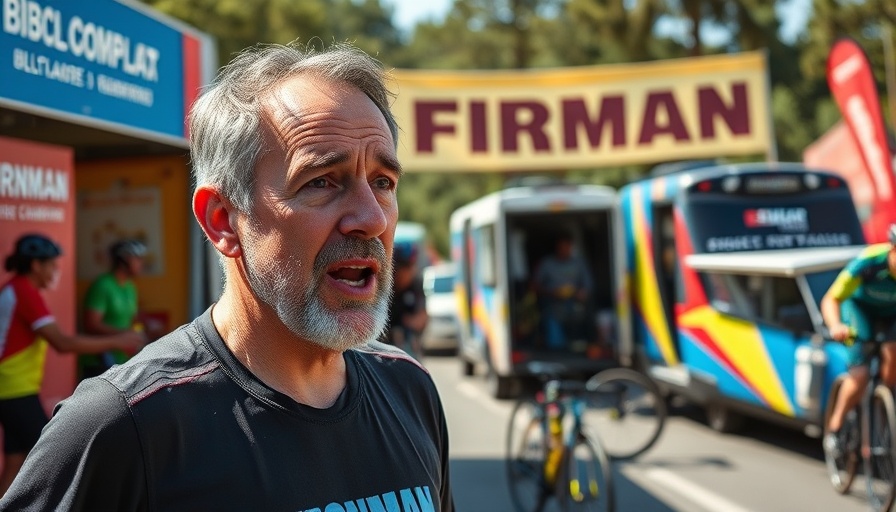
Understanding the Ironman Bike Aid Station
Participating in an Ironman triathlon is no small feat. It demands immense physical stamina, strategic planning, and, of course, an understanding of how to navigate the environment, especially during aid stations. In the recent video, Here’s A Quick Walk-through of An Ironman Bike Aid Station, we were given valuable insights into the layout and operations of bike aid stations—integral components that support athletes during their grueling journey.
In Here’s A Quick Walk-through of An Ironman Bike Aid Station, we delve into the essential components of navigating aid stations, highlighting key strategies that can enhance any athlete's performance.
The Importance of Litter Zones
First things first, let's talk about the litter zones. Athletes cannot litter on course during an Ironman event. This rule underscores the spirit of the triathlon community and ensures that nature remains unspoiled. The litter zone is crucial—it gives competitors a chance to get rid of waste without risking penalties. Keeping our environments clean is not just about our events but also our responsibility to nature.
Nourishment to Keep You Going
The type of nourishment provided at aid stations is also noteworthy. Athletes begin with plain water, a basic yet vital resource that hydrates without any additives. Following that, electrolyte drinks, such as the precision fuel and hydration pH 1,000, enter the mix, helping maintain electrolyte balance, especially during long-distance biking. These drinks are particularly useful for preventing dehydration and keeping energy levels stable!
Snacks: Energy Boosters on the Course
What sets Ironman events apart is their thoughtful provision of food. Depending on the course, aid stations usually offer fruits, salty snacks, and energy bars, like the Morton Solid C 160 bars featured in the video. These snacks are not only essential for staving off flavor fatigue but provide quick energy boosts. For athletes, knowing what food items to expect helps in planning their individual nutrition strategies during intense physical training.
Practical Insights for Future Competitors
For those looking to compete in triathlons or simply improve their athletic performance through proper nutrition, here are some practical takeaways:
- Hydration First: Always prioritize water before consuming flavored drinks.
- Know Your Snacks: Familiarize yourself with the types of food available on the course—this can help you feel more prepared and less stressed on race day.
- Mind the Litter: Be conscious of your environment and remember that maintaining cleanliness is part of the race.
Preparing for an Ironman: A Holistic Approach
As you prepare for your Ironman journey, think about the broader aspects of training and wellness, including maintaining good nutrition, ensuring consistent physical training, and understanding the importance of community support. Training for a triathlon goes beyond just improving your swimming, biking, and running; it's about embracing a lifestyle focused on health and fitness.
Ultimately, whether you are a seasoned athlete or a newcomer, it's worth diving deep into your planning and preparation. Familiarizing yourself with how to navigate aid stations effectively will not only enhance your race experience but help maintain a responsible approach to fitness and health. Let's celebrate every effort towards well-being and get ready to cross the finish line together!
 Add Row
Add Row  Add
Add 


Write A Comment